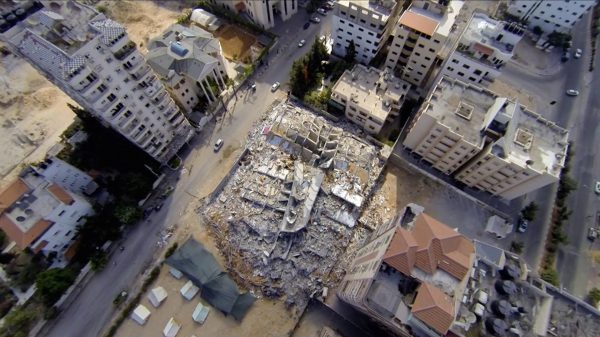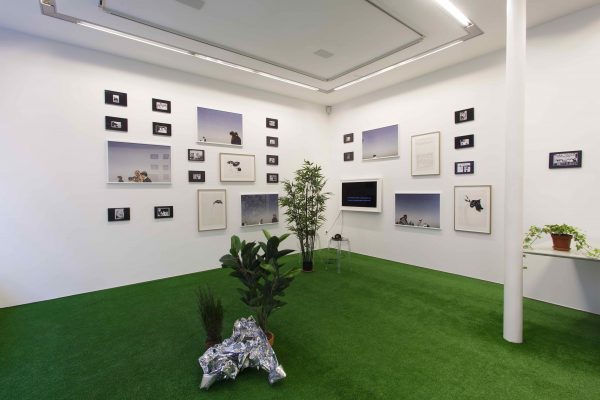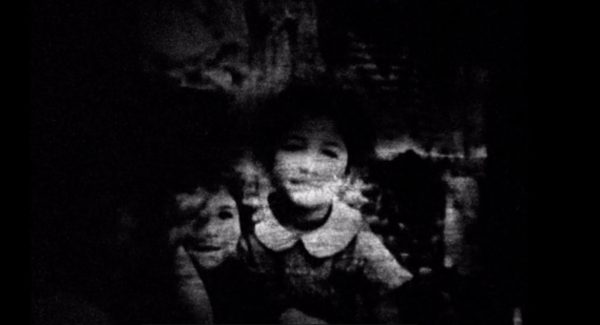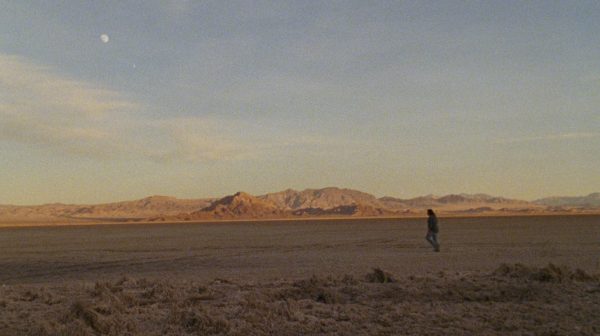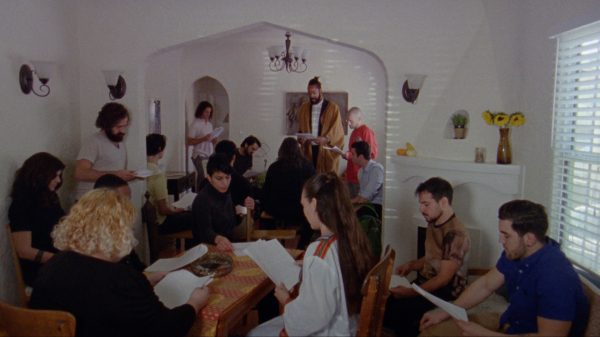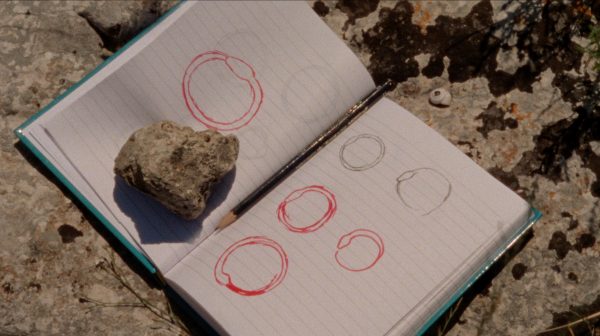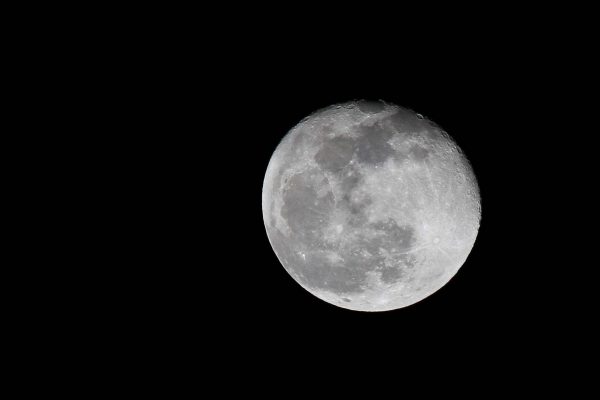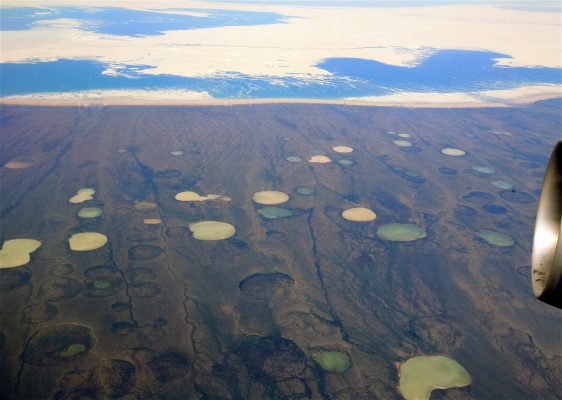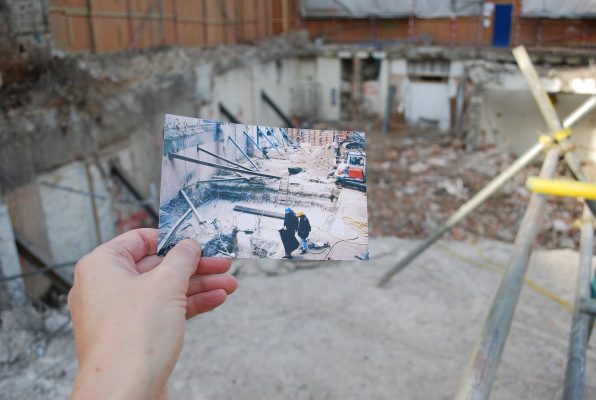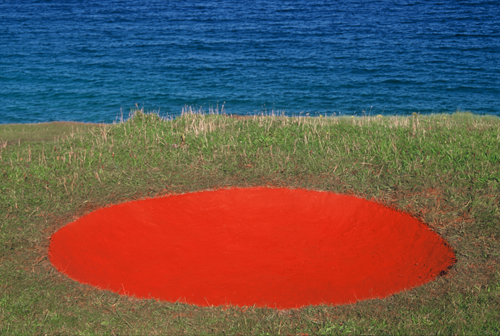Basma Alsharif has never called a geographical space home. Her short video works, feature length films and lecture performances – made in Chicago, Cairo, Beirut, Amman, Paris, Gaza, Sharjah and Los Angeles – offer deliberately contorted experiences of time and place. For the past ten years her work has encouraged viewers to engage critically with the thorny question of hope in relation to Palestine.
Her short film O, PERSECUTED (2014) overlays a restored version of Kassem Hawal’s 1974 Palestinian militant film OUR SMALL HOUSES with photographs of hedonistic Israeli beach parties – colliding contemporary Israel with a nostalgic historical record of Palestine, neither of which give ‘complete’ documentations. In her 2014 lecture performance DOPPELGÄNGING she attempted to hypnotise the audience into imagining a different form of physical existence – that of being two people at the same time, or occupying two different spaces simultaneously.
Her latest exhibition, THE GAP BETWEEN US at The Mosaic Rooms in London in early 2018, included the premier of OUROBOROS (2017), a feature length film about the Gaza Strip. Her work – whether directly or indirectly about Palestine – attempts to break from the confines of one particular perspective or retelling of history in order to reflect on the nature of representation itself. Her efforts to understand a future beyond what is remembered as history or defined by geography, and her reflections on the broader human condition, are grounded in a realism which questions the cycle of renewal and destruction intrinsic to the ouroboros – a symbol of a snake eating its own tail.
We initially conducted our interview via email between Istanbul and Los Angeles before meeting by chance in Cairo several months later, where we sat down for a longer conversation. The following interview is a compilation of both exchanges. The nature of the two geographically and temporally fragmented interactions seemed appropriate to discuss topics of splintered identities and distorted time frames.
